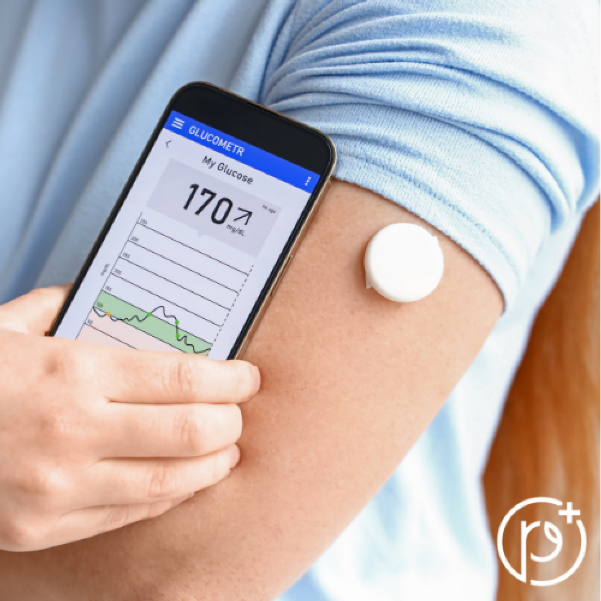What is Vaping?
Wednesday, 16 August 2023
Vaping is the act of inhaling and exhaling an aerosol of a heated liquid from an electronic vaporising device. The vaporising devices can come in different forms eg. pods, pens and mods but most contain a cartridge for the vape liquid and a battery-powered coil that heats the e-liquid that creates the aerosol. Vaping is a tool to quit cigarettes by getting nicotine and fewer toxins from burning tobacco, but it is not harmless.
The recent ASH year 10 smoking survey showed that the rate of regular vaping is 18.2% (daily vaping is 10.1%), this is an alarming number as we don’t want anyone who has never smoked to take on vaping, especially youth.
The risks of vaping
- Respiratory health: The e-cigarette aerosols can have chemicals that irritate the lungs, which can cause lung inflammation, leading to other lung diseases. Vaping can also have an impact on worsening asthma symptoms.
- Cardiovascular health: Nicotine can stimulate the release of adrenaline which can lead to an acute increase in blood pressure
- Addiction: Vapers can accidentally get more nicotine than they would from a tobacco product just by using a higher-strength vape juice. This could worsen withdrawal symptoms, including cravings, irritability, trouble concentrating, restlessness and insomnia.
- Oral health: Vaping can cause oral dryness which changes the bacteria in the mouth which can lead to infection, gum disease or other periodontal disease.
- Long-term effect unknown: Traces of heavy metal have been found in the aerosols from burning the coil, in theory inhaling these toxic metals can be linked to lung cancer, but we don’t know what effect it can have due to the limited amount of data. The same can be said for all the different flavourings and solvents used in vape juice.
What can we do to reduce the dependency on vape?
- Figure out approximately how much nicotine is consumed in a day
- Set a quit day
Behavioural change techniques
- Work out what are the triggers and how to avoid them
- Manage stress and negative mood states
- Look for other things to do when nicotine withdrawal symptoms occur
- Use the 4 Ds( Delay, Drink water, Deep breathe, Do something else)
Cessation of vaping using Nicotine Replacement Therapy: discuss with a pharmacist or your health care provider
- patch(long-acting) combined with gum/lozenges (short-acting) for at least 8 weeks after quit day
Services that can help:
- Quitline: 0800 778 778
Online Resources:
https://dontgetsuckedin.co.nz/
https://www.protectyourbreath.co.nz/







